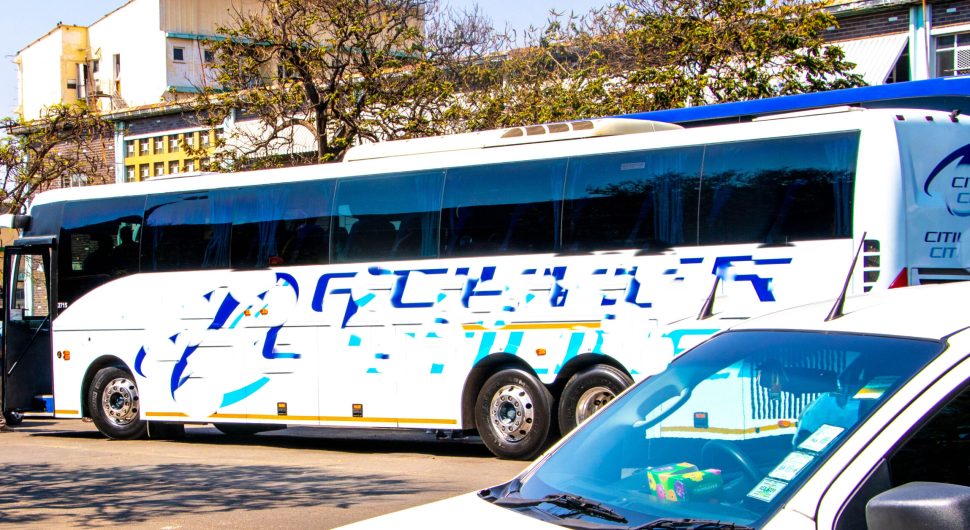Public transportation in African countries is as diverse as the continent itself, reflecting a rich tapestry of cultures, landscapes, and economic conditions. From bustling metropolises to rural villages, modes of public transportation play a critical role in connecting people, supporting economic growth, and enhancing access to essential services. In this blog post, we explore the different modes of public transportation across African countries and the opportunities and challenges they present.
Public transportation in African countries plays a critical role in shaping the environmental landscape of the continent. By offering shared transportation options, public transit helps reduce the number of private vehicles on the road, leading to decreased traffic congestion and lower emissions. This shift from private to public transport can result in significant reductions in carbon footprints and particulate matter emissions, improving air quality and contributing to climate change mitigation efforts. However, the extent of these benefits depends on the types of vehicles and fuels used in public transportation systems.
Questions about Climate Impact
Despite the potential environmental benefits, many challenges remain in terms of addressing the climate impact of public transport in African countries. For instance, a large portion of the public transportation fleet consists of older vehicles with less efficient engines, which can produce high levels of pollutants. Adopting cleaner and more fuel-efficient technologies, such as electric buses and vehicles with hybrid engines, can help improve emissions profiles. Moreover, investing in sustainable transportation infrastructure, such as light rail systems and high-capacity bus rapid transit lines, can further enhance environmental outcomes. These measures, combined with improved maintenance and regulation, can pave the way for a greener, more sustainable future for public transportation in Africa.
Buses are a staple of urban and intercity transportation in many African countries. They efficiently move large numbers of people across cities and regions. Cities like Cape Town and Addis Ababa have invested in modern bus rapid transit (BRT) systems to improve efficiency and reduce congestion. Buses typically have a carrying capacity of 30 to 70 passengers, depending on their size and design.
Pricing Model: Buses often charge fares based on distance, with set fees for specific routes. Longer routes cost more, while shorter routes are priced accordingly. In some cities, flat fares are applied for city buses.
Climate and Environment Impact: Buses are one of the most efficient modes of public transportation in terms of passenger capacity and energy consumption per passenger. Modern buses are increasingly equipped with low-emission or electric engines to reduce air pollution and greenhouse gas emissions.
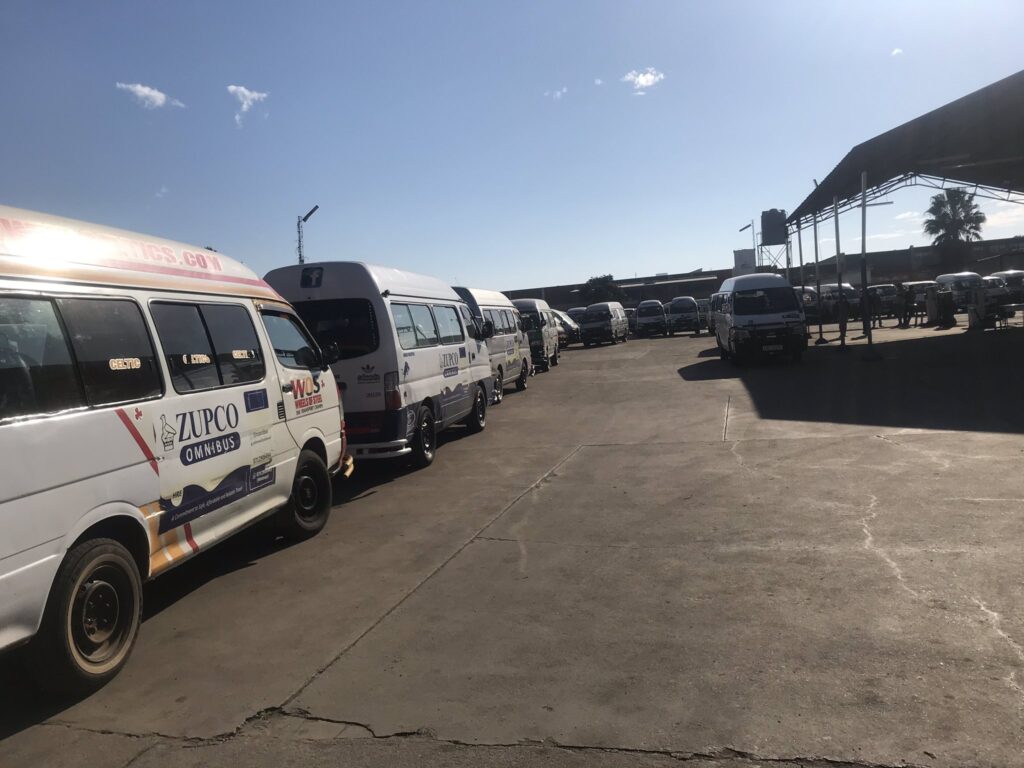
Minibuses
Minibuses, known as “matatus” in Kenya, “danfos” in Nigeria, “kombis” in Zimbabwe, and “taxis” in South Africa, are the backbone of urban transit systems. They carry 14-18 passengers and offer affordable fares, but they face challenges related to overcrowding, safety, and regulatory compliance.
Pricing Model: Minibuses often use a fixed-fare system based on routes or destinations, with prices set for specific starting and ending points. In some cases, fares may vary depending on peak hours and demand.
Climate and Environment Impact: Minibuses often run on older engines that emit higher levels of pollutants. Switching to more fuel-efficient and cleaner-burning engines could help mitigate their environmental impact.
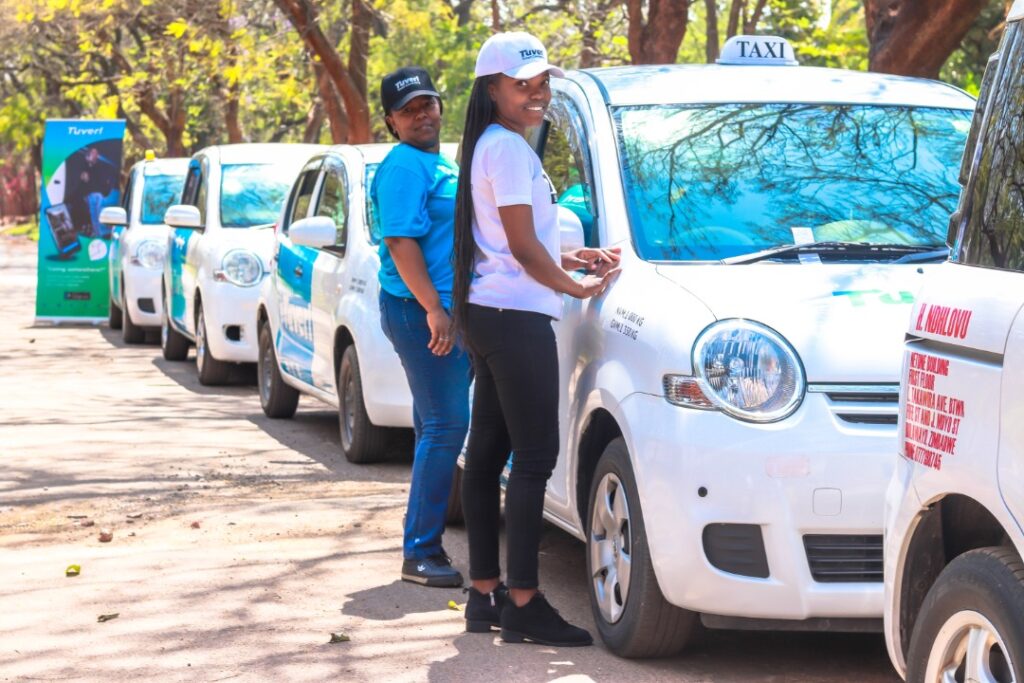
Taxis
Traditional taxis provide door-to-door service and convenience across the continent, charging commuters based on distance travelled. Ride-hailing services like Uber and Bolt have gained popularity, offering cashless payments and GPS tracking for added safety.
Pricing Model: Taxis often charge fares based on distance and time travelled. Traditional taxis may use meters, while ride-hailing services offer upfront fare estimates based on routes and demand.
Climate and Environment Impact: Encouraging taxi operators to adopt electric or hybrid vehicles can help reduce emissions and improve air quality.
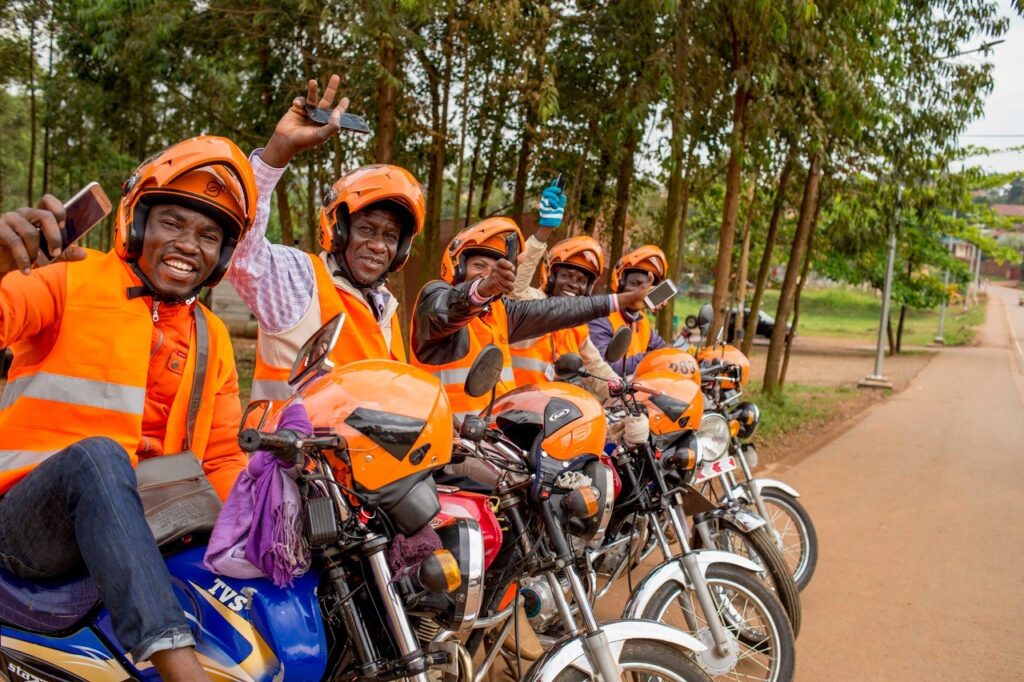
Motorbikes
Motorbike taxis, known as “boda bodas” in East Africa and “okadas” in West Africa, are popular for short distances in urban and rural areas. They offer quick and convenient transport, especially where road infrastructure is lacking.
Pricing Model: Motorbikes typically use a fixed-fare system based on the length of the trip. In some cases, fares may be negotiated with the rider before the journey begins.
Climate and Environment Impact: Motorbikes provide a quick and convenient mode of transportation, but they often use two-stroke engines that produce high levels of pollutants. Electric motorbikes offer a cleaner alternative and are gaining popularity in some regions.
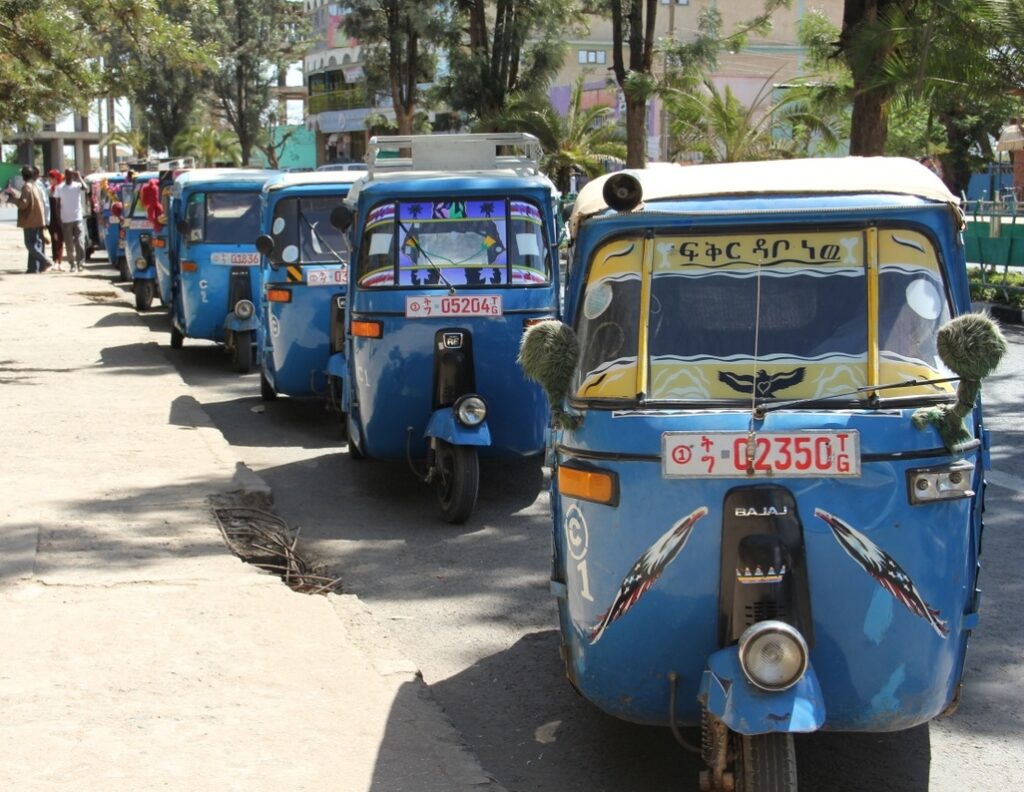
Tuk Tuks, Rickshaws, and Three-Wheelers
Tuk Tuks, rickshaws, and other three-wheelers are common in many African cities, especially in East Africa. These modes offer affordable and efficient transport for short distances and are often used for last-mile connectivity. They typically carry three to four passengers.
Pricing Model: Fares for Tuk Tuks and three-wheelers are usually negotiated based on distance, but some cities have implemented fixed pricing systems for standardized routes.
Climate and Environment Impact: Transitioning to electric or low-emission three-wheelers can significantly reduce their environmental impact. Additionally, these vehicles occupy less space on the road, helping to ease congestion and improve traffic flow.
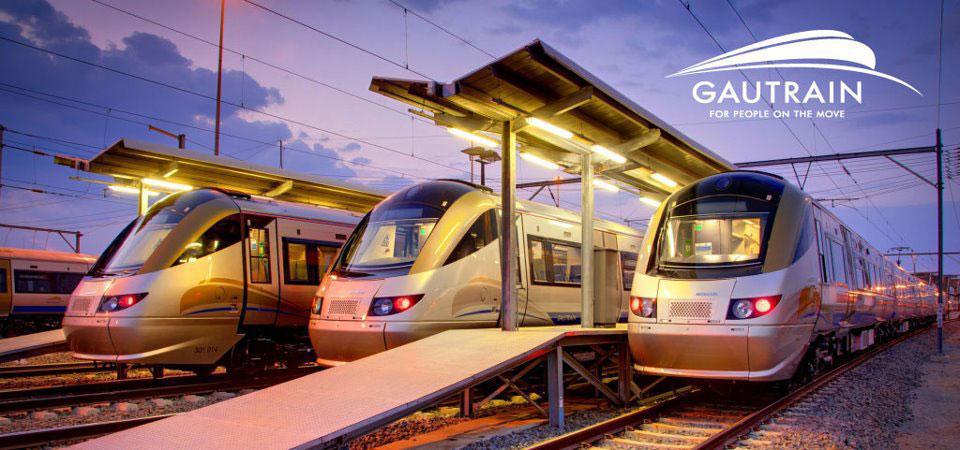
Trains and Rail
Railways have a long history in Africa, with many countries inheriting rail infrastructure from the colonial era. While some rail networks focus on freight transport, others have been revitalized for passengers. For example, South Africa’s Gautrain connects Johannesburg, Pretoria, and OR Tambo International Airport, offering a high-speed alternative for commuters. Trains typically have a carrying capacity of 100 to 200 passengers, depending on the size and type of train.
Pricing Model: Train fares vary depending on the distance travelled, the type of service (local or express), and the class of service (economy, business, or first class). Some cities offer flat fares for specific urban routes.
Climate and Environment Impact: Trains are an energy-efficient mode of transportation, especially when powered by electricity. Electric trains produce fewer emissions than diesel-powered trains.

Airlines and Airplanes
Air travel is a crucial mode of long-distance transport in Africa, connecting major cities and remote regions across the continent. Major international carriers operate in African airspace, while several African airlines provide domestic and regional services.
Pricing Model: Airline fares vary based on destination, demand, booking time, and class of service. Discounts are often available for early bookings and promotions.
Climate and Environment Impact: Air travel is a significant source of carbon emissions globally. African airlines can work towards reducing their environmental impact by investing in fuel-efficient aircraft and exploring sustainable aviation fuels.
Privately owned informal public transportation systems, which include minibuses, motorbike taxis, and other forms of shared transport, are a mainstay in many African countries. While these systems provide essential mobility options and are often deeply integrated into the fabric of urban and rural transportation, they come with several limitations that affect their ability to meet the needs of commuters and align with broader planning and regulatory goals.
Funding and Infrastructure: Informal public transportation often lacks access to formal funding mechanisms and investment. Many operators are small business owners who rely on their personal savings or informal loans to acquire and maintain vehicles. This lack of financial resources can lead to older, less efficient, and less safe vehicles being used in service. The absence of funding also hampers infrastructure development and maintenance, affecting the quality of service.
Government Regulation and Oversight: Informal public transportation systems often operate with minimal regulatory oversight. This can lead to challenges such as overcrowding, safety risks, and a lack of standardization in service quality. Regulation that focuses on safety standards, vehicle maintenance, and fair competition is crucial to ensure that these systems meet the needs of commuters without compromising safety or efficiency.
Decentralization and Fragmentation: Informal public transportation is typically decentralized, with numerous independent operators running routes based on demand rather than coordinated planning. This fragmentation can result in overlapping routes, inefficiencies, and gaps in service, particularly in underserved areas. It can also hinder coordination with other transportation modes, limiting the development of integrated, multimodal transport networks.
Lack of Data for Tracking and Understanding Commuter Needs: The informal nature of these systems means there is often a lack of comprehensive data on routes, schedules, passenger volumes, and fares. This absence of data makes it challenging for policymakers and transportation planners to understand how commuters are affected, identify areas for improvement, and make data-driven decisions.
Lack of Data for Policing Planning: The lack of data on informal public transportation also affects policing and planning efforts. Without accurate information on traffic patterns, vehicle movements, and passenger flows, it is difficult for authorities to enforce traffic regulations, manage congestion, and plan for future transportation needs effectively. This lack of data can result in inadequate enforcement of safety standards and inconsistent service for commuters.
Overall, while privately owned informal public transportation systems play a vital role in African countries, addressing their limitations requires a comprehensive approach that includes increased funding, improved regulation, better data collection and analysis, and more coordinated planning efforts. By addressing these challenges, informal public transportation can become safer, more efficient, and better aligned with the needs of commuters and the broader transportation network.
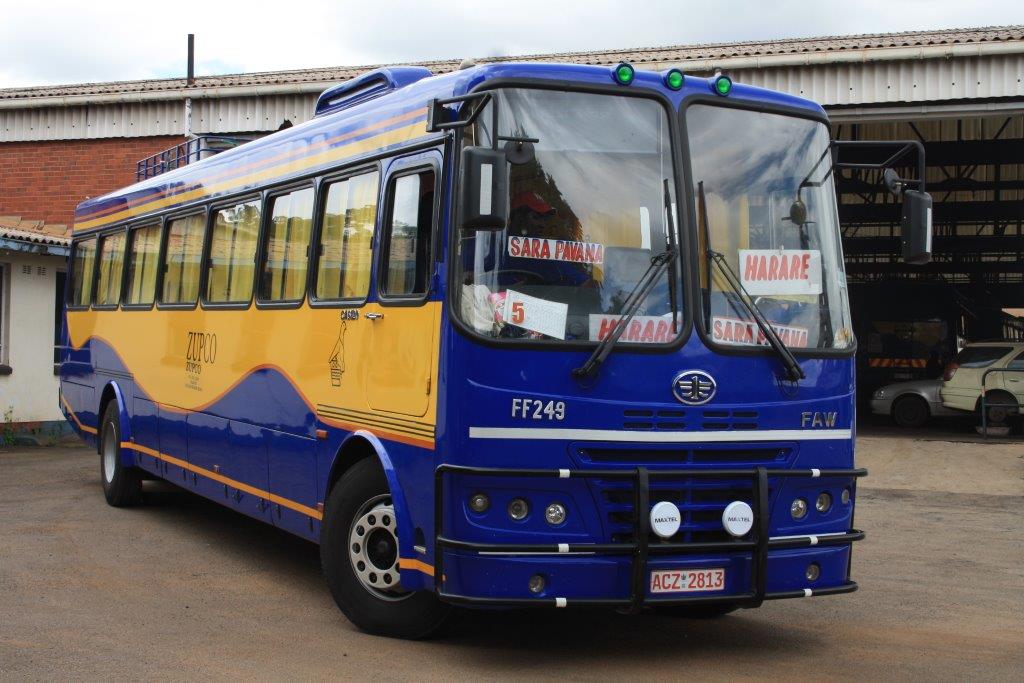
Conclusion
The diversity of public transportation in African countries mirrors the continent’s complex socio-economic landscape. While each mode offers unique advantages, common challenges such as safety, regulation, and infrastructure limitations exist. Addressing these challenges and embracing innovative solutions can create more efficient, sustainable, and inclusive public transportation systems in Africa.
By continuing to invest and collaborate between governments, private sectors, and communities, public transportation can drive economic growth and enhance the quality of life for millions across the continent.

